
General Assembly
React
Wilson Espina
Review
What did we do last lesson?
React

Learning Objectives
At the end of this class, you will be able to:
- Understand the roles of model, view, and controller.
- Build a React component function.
- Create a React component class.
- Implement composition & reuse in a React app.
- Install & use common React developer tools.
React
Agenda
- Model View Controller (MVC).
- React overview.
- Creating React components.
- Create React App.
React
Classroom Resources
- Pull changes from the
wilson-espina/jsd-9-resourcesrepo to your computer - In your editor, open the following folder:
Documents/JSD/jsd-9-resources/18-react - Lesson Handout: https://pages.git.generalassemb.ly/wilson-espina/jsd-portal/resources/JSD-18-react-handout.pdf
React
Introduction to React
React
What is React?
React is JavaScript library from Facebook, that is designed to create interactive UIs.

- Declarative: We describe the program/UI and React implements it (like ordering a pizza rather than making one).
- Component-based: Build components, that manage their own state and structure them together into more complex UIs.
- Virtual DOM: Maintains a representation of the rendered UI, that renders only the changed elements.
React
Virtual DOM
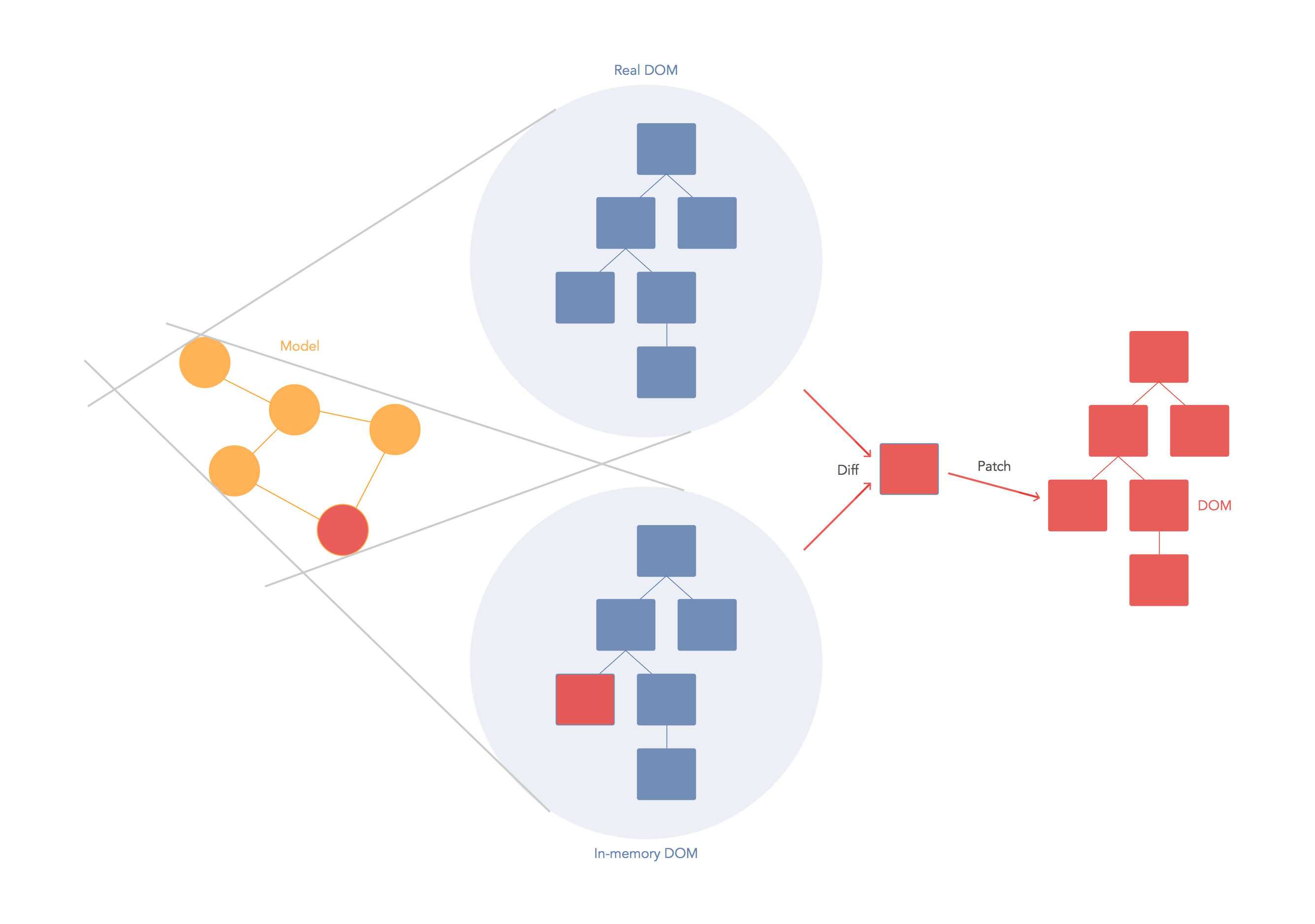
- The Virtual DOM is a "virtual" representation of a UI in memory.
- Any changes in state are detected in the Virtual DOM and a diffing algorithm finds the minimum number of operations required to update the real DOM.
React
Model-View-Controller (MVC)
- Model: data
- View: user interface
- Controller: coordinate between model and view

React
Model-View-Controller (MVC)
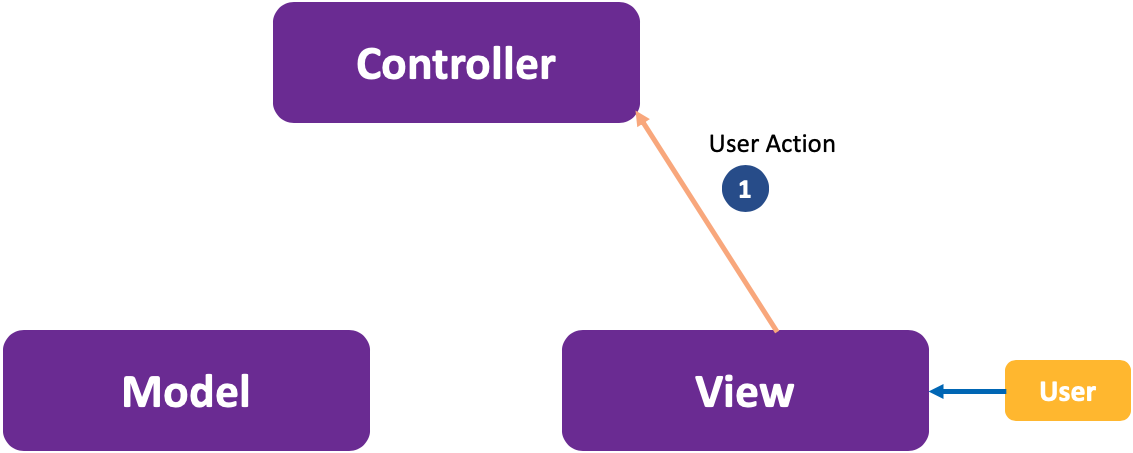
React
Model-View-Controller (MVC)
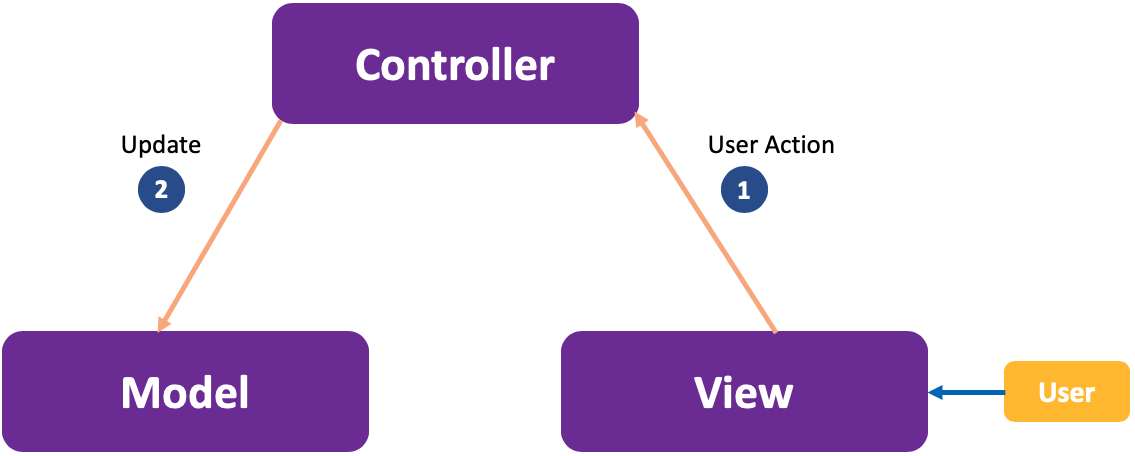
React
Model-View-Controller (MVC)
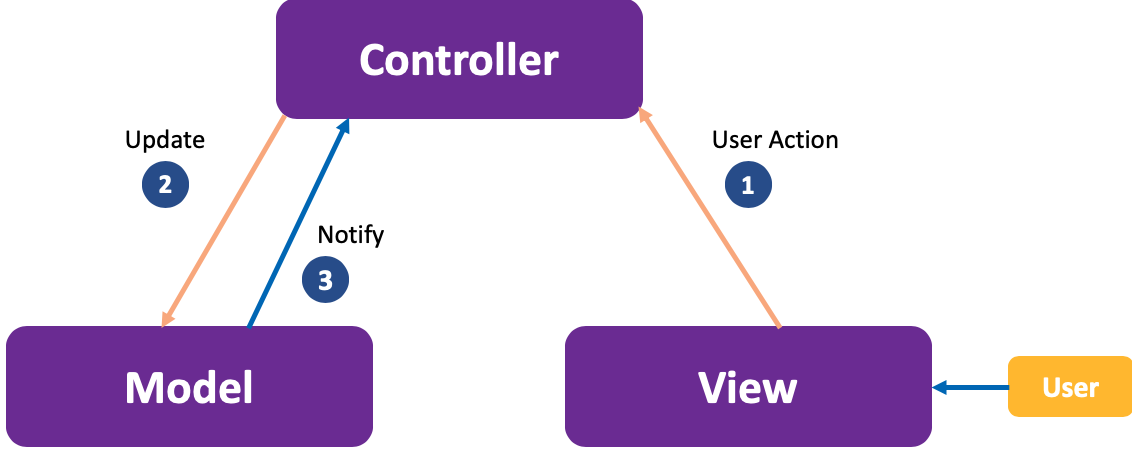
React
Model-View-Controller (MVC)
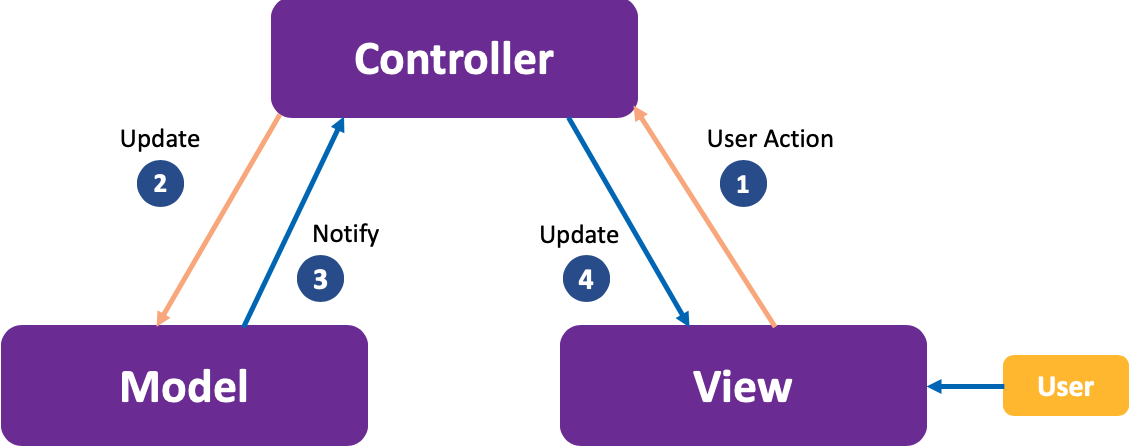
React
Components
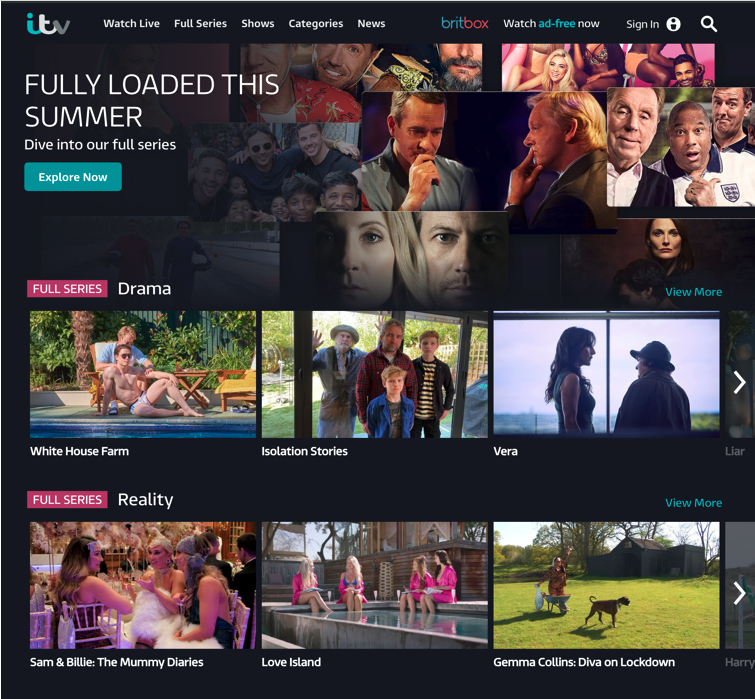
React
Components
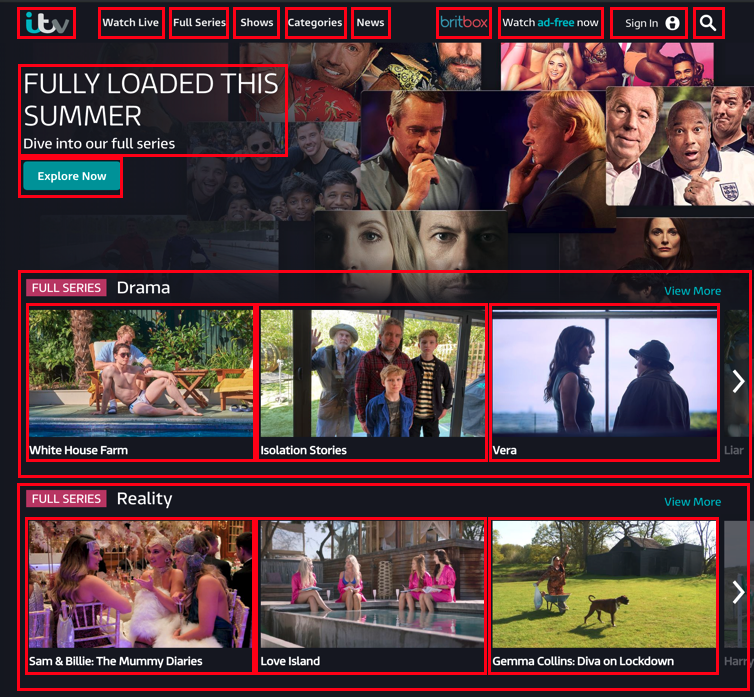
React
React Developer Tools

Code along


React
Creating React Components
React
Functional Components
React
Functional Components
function Welcome(props) {
return Hello, {props.name}
;
}
React
Functional Components

React
Functional Components

React
Functional Components

React
Functional Components

React
Functional Components

Code along

Open up: 00-functional-component-codealong

React
JSX

React
Looping in React Components
const listItems = numbers.map((number) => {
return {number}
});
// return statement in component
return (
{listItems}
);
React
Looping in React Components
[
'cheese',
'lettuce',
'cucumber'
]
maps to
[
'<li>cheese</li>',
'<li>lettuce</li>',
'<li>cucumber</li>',
]
React
cLooping in React Components
[
'<li>cheese</li>',
'<li>lettuce</li>',
'<li>cucumber</li>',
]
rendered as
<li>cheese</li>
<li>lettuce</li>
<li>cucumber</li>
React
Spread Operator

React
Spread Operator
props = {
firstName: 'Mary',
lastName: 'Richardson'
}
return <Greeting {...props} />;
is parsed as
return <Greeting firstName="Mary" lastName="Richardson" />;
Code along

Open up: 00-functional-component-codealong (PART 2)

Exercise - Create Functional Components
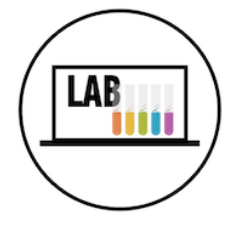
Key Objective
- Build a React functional component
Location
starter-code > 01-functional-component-exercise
Timing
10 mins |
|
React
Class Components
React
Class Components
class Welcome extends React.Component {
render() {
return (
Hello, {this.props.name}
);
}
}
React
Class Components
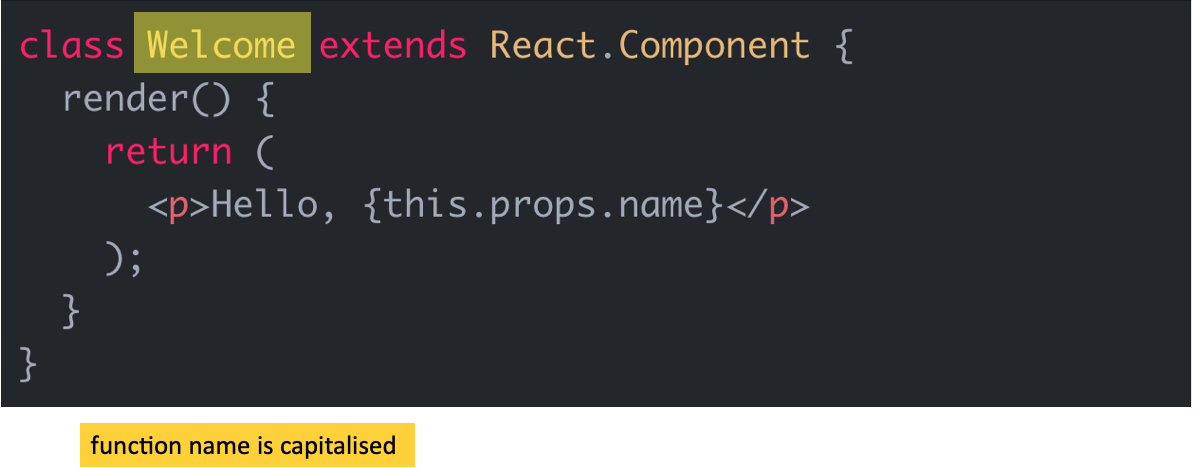
React
Class Components
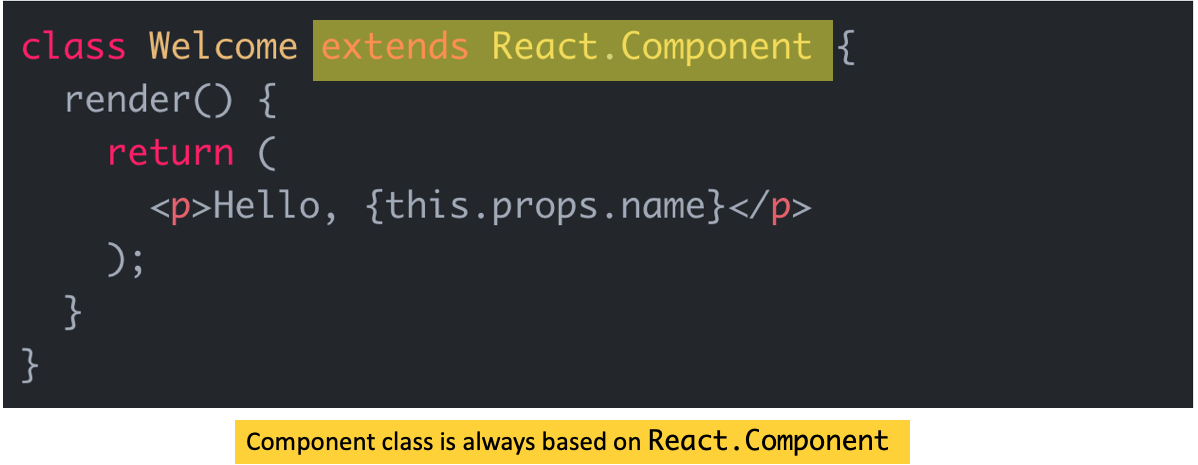
React
Class Components

React
Class Components

React
Class Components

React
Class Components
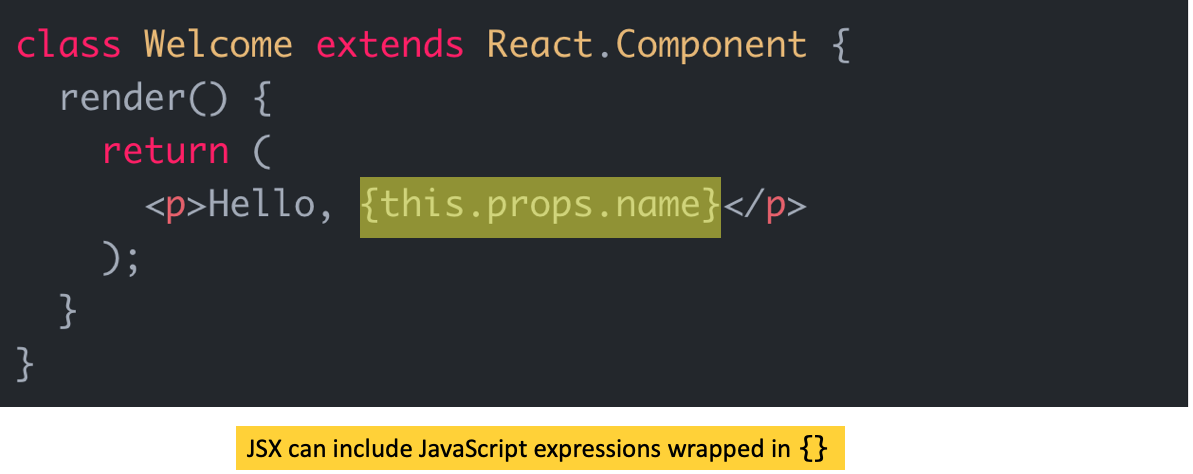
Code along

Open up: 02-class-component-codealong

Exercise - Create Class Components

Key Objective
- Build a React class component
Location
starter-code > 03-class-component-exercise
Timing
10 mins |
|
React
Composition
React
Composition
In programming, composition allows you to build more complex functionality by combining small and focused functions.
- In the parent class, call each child with JSX using element syntax.
- Pass necessary props as attributes, referencing
this.props. - For child classes, move data manipulation outside of
render()method, and reference the result instead. - Call
ReactDOM.render()only on parent class.
React
Composition
class Menu extends React.Component {
render() {
return (
);
}
}
React
Composition
class Menu extends React.Component {
constructor(props) {
super(props);
this.items = this.props.menu.map(function(item, index) {
return <li key={index}>{item}</li>
});
}
render() {
return (
);
}
}
OLD SYNTAX
React
Composition
class Menu extends React.Component {
items = this.props.menu.map(function(item, index) {
return <li key={index}>{item}</li>
});
render() {
return (
);
}
}
UPDATED SYNTAX
React
Composition
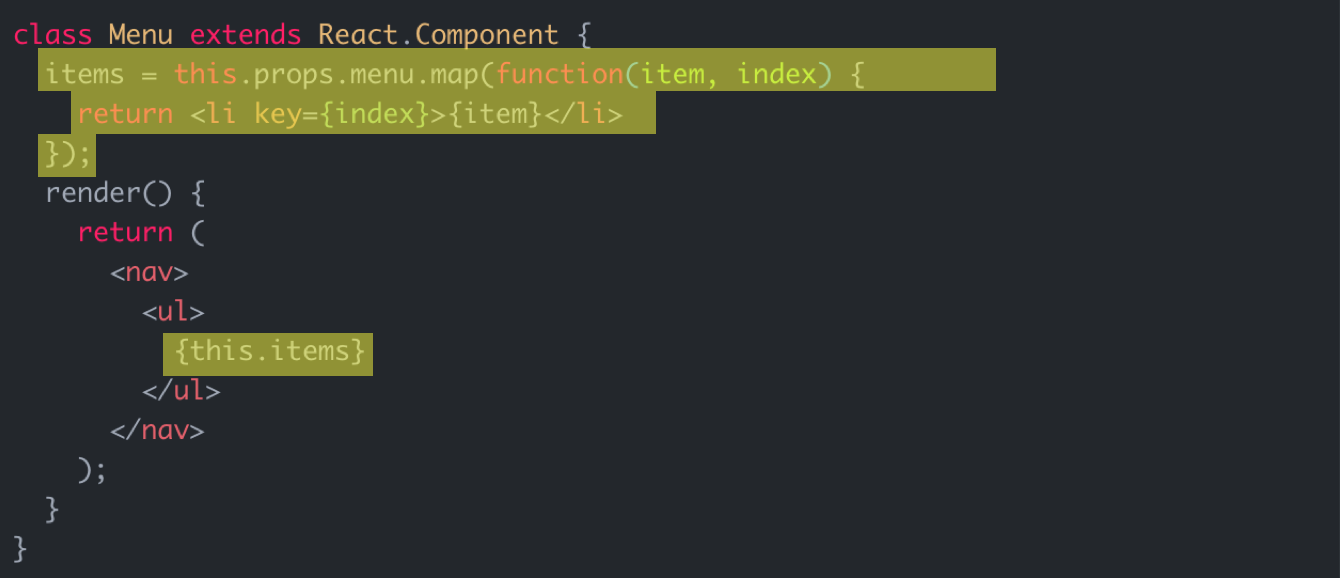
React
Composition
class App extends React.Component {
render() {
return (
<div className="container">
<Menu menu={this.props.menu} />
<Heading title={this.props.title} />
<Articles articles={this.props.articles} />
<Footer footer={this.props.footer} />
</div>
);
}
}
Code along

Open up: 04-composition-codealong

Exercise - Reuse Components with Composition

Key Objective
- Implement composition in a React app
Location
starter-code > 05-composition-exercise
Timing
20 mins |
|
React
Create React App
React
Create React App
- npm package
- generates files & folder structure.
npx create-react-app my-app-name
Code along


React

Learning Objectives
- Understand the roles of model, view, and controller.
- Recognise the primary uses of React.
- Build a React component function.
- Create a React component class.
- Implement composition & reuse in a React app.
- Install & use common React developer tools.
React
Look Ahead to Next Lesson
- Lab Time for Final Project.
React
Q&A
React
Exit Ticket
(Lesson #18)
